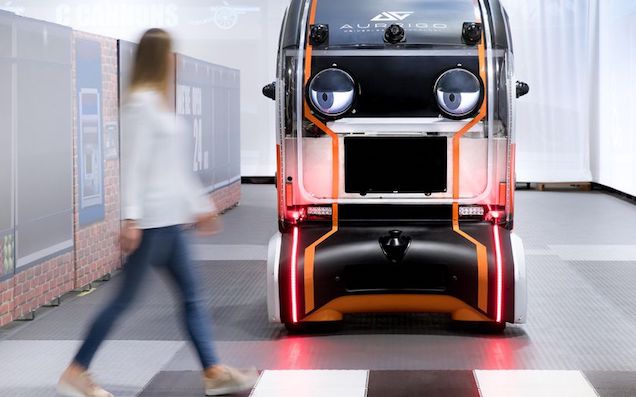
More and more, we are going to be asked to trust robots. As we delegate tasks and decisions to artificial intelligence, we are going to have to put an increasing level of faith in the inscrutable, algorithmic processes of machines. This is a pretty novel experience for human beings.
For hundreds of thousands of years, we’ve only ever had to deal with intelligences that emote. Humans are wildly expressive in their body language, it’s easy to tell if someone is paying attention to you or trying to decide what to do. You can guess at intentionality. Even wild animals express themselves. You can tell if a snake feels threatened or is about to strike, you can tell if a bird is considering swooping you. With animals, you know what the score is.
[jwplayer QW9A6EZk]
Robots don’t have to do this and it is, frankly, terrifying. Look at HAL in 2001. Look at Ian Holm as the android Ash in Alien, swiftly turning into an emotionless killing machine when he doesn’t have to put on a polite face. Having something with an active mind present no outward indications of that being the case is deeply unsettling, and this is something that autonomous car manufacturers are working on to combat the innate (and increasing) mistrust people have of self-driving cars.
How is Jaguar Land Rover tackling this? By testing out giving them creepy-ass Brum-like drowsy-looking eyes.

Pictured: The future is a nightmare. (Source: Jaguar Land Rover)
The current iteration of the Aurrigo Shuttle is designed to evoke trust in pedestrians by making it clear that it’s staring at them, which seems counterintuitive. According to a press release, the design is being tested in a warehouse in Coventry that they’re using to simulate pedestrian crosses. The hope is that having a machine replicate the eye contact that pedestrians naturally make with drivers before crossing the road will make the pedestrian less terrified that the car is about to steamroll them. From Pete Bennett, future mobility research manager:
It’s second-nature to glance at the driver of the approaching vehicle before stepping into the road. Understanding how this translates in tomorrow’s more automated world is important. We want to know if it is beneficial to provide humans with information about a vehicle’s intentions or whether simply letting a pedestrian know it has been recognised is enough to improve confidence.
Other self-driving car manufacturers are trialling things like having screens on car windshields that spell out in plain text what the car is thinking about and what its intentions are, which would honestly be super useful in human interaction as well.
Get the latest tech news – from computers, apps, Apple products, new technologies and more.



